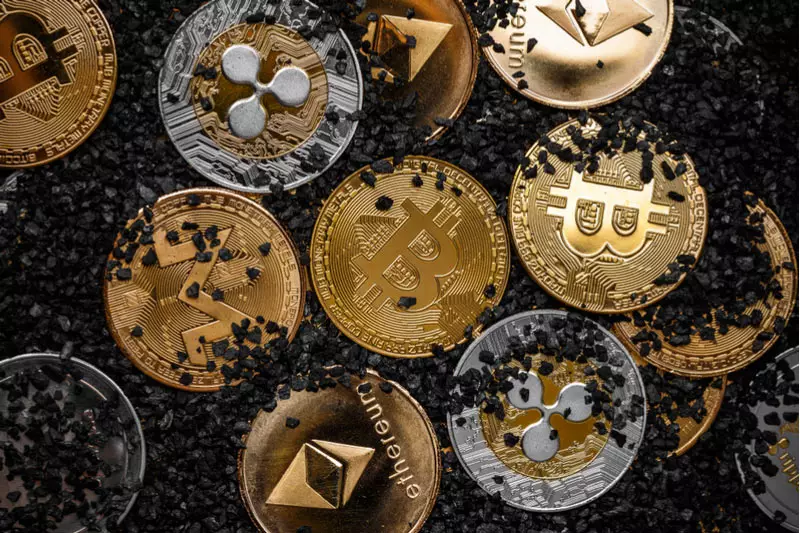The cryptocurrency market embodies a rollercoaster of extremes, oscillating from serious investments to speculative bubbles. Recently, David Einhorn of Greenlight Capital characterized the market by referencing “Fartcoin,” a digital currency born in late 2021 that has ballooned in value to more than a billion dollars. This sharp rise speaks volumes about the current state of the market: it is as much influenced by whimsy and meme culture as it is by technological innovation. As investors navigate this wild landscape, the focus frequently shifts from real utility to speculation driven by social media hype.
The Meme Coin Phenomenon
Echoing the path of early cryptocurrencies, Fartcoin mirrors the rise of Dogecoin, which emerged over a decade ago as a lighthearted jest against the burgeoning crypto scene. With a market capitalization reaching $55 billion, Dogecoin’s absurd journey illustrates how far the concept of value can stretch in the realm of cryptocurrencies. Just as Dogecoin became a fixture in the portfolios of many speculative investors, Fartcoin and other meme coins like the recently launched Trump and Melania memecoins are quickly capturing attention. The fleeting nature of these coins calls into question how traditional perceptions of value are redefined in a space driven by memes and internet culture.
Einhorn’s critical analysis highlights a core issue in contemporary cryptocurrency investments: the distinction between market perception and intrinsic value. The modern-day collectors of these digital currencies seem to value them as cultural artifacts rather than as traditional investment assets. This paradigm shift challenges established financial norms, fostering an environment where newer entrants can bolster a coin’s reputation without any tangible foundation. The intriguing aspect is that while speculative trading can yield rapid profits, it can also result in devastating losses, leaving investors victim to market sentiment rather than economic fundamentals.
Recent developments have taken the concept of cryptocurrency even further into the realms of political branding with the advent of the Trump memecoin, which at one point boasted a staggering value of $75 billion, outstripping Dogecoin. The fact that a significant portion of this currency remains unissued compounds fears surrounding speculative bubbles. Meanwhile, the Melania memecoin, entering the fray with a market cap of around $4 billion, amplifies the burgeoning phenomenon that couples public personas with digital currencies. With such valuations, the implications are profound, prompting stakeholders to reevaluate what constitutes real worth in cryptocurrency today.
As the territory of cryptocurrency continues to evolve, we find ourselves in an unpredictable arena. Einhorn suggests that the proliferation of different memecoins may not signify a robust investment opportunity, yet the allure of their whimsical nature can be captivating. He humorously admits that he would prefer owning a Jackson Pollock painting over a Fartcoin, underscoring a broader skepticism about the long-term viability of such assets. In summation, the trajectory of cryptocurrencies may now pivot from whimsical ventures into more defined spaces, but the path remains fraught with uncertainty and potential upheaval.


Leave a Reply